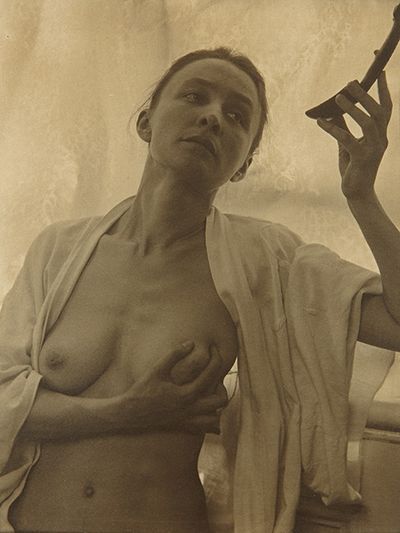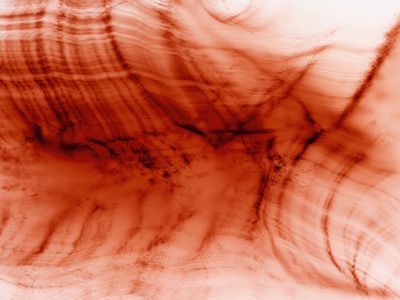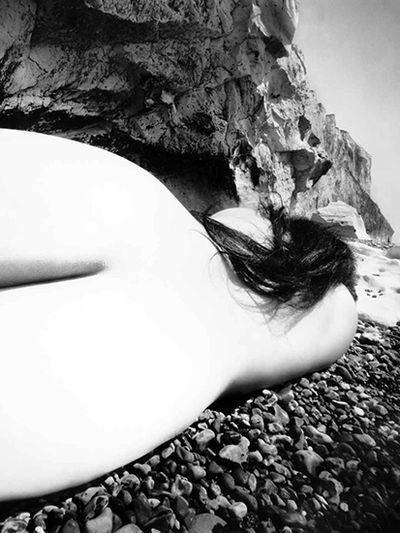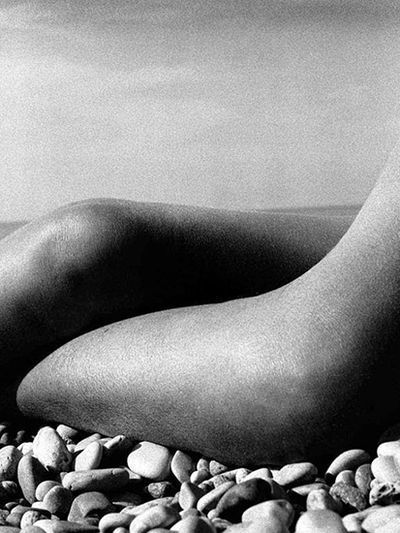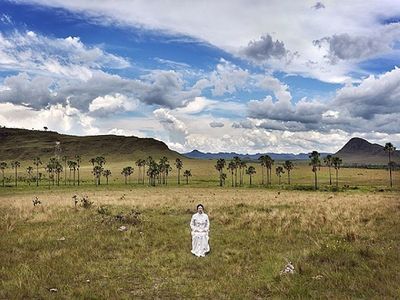Frieze-frame
By MIKA ROSS-SOUTHALL
I spent most of last week at Frieze Art Fair and although much of it was unimpressive – particular low points for me: a worm sculpture made out of cereal-box cardboard; flashing light bulbs spelling out "NOTFORYOU" (just after I saw this there was a powercut in half the tent, perhaps related); a square created from a few hundred pieces of black Lego, mounted on the wall in a bulbous silver spray-painted frame ("This is topical, think Malevich", an art dealer next to me declared. "Aaaah", his clients cooed) – I came across a number of extremely beautiful photographs.
Alongside powerful offerings from Sally Mann, I saw the arresting sepia-stained print, above, of the painter Georgia O’Keefe taken by her husband, the American photographer Alfred Stieglitz, in 1919. The draped material, her intense gaze and pose: she looks like a Rubens statue. And that’s the point. Stieglitz was instrumental in lifting photography to the levels of a fine art form in the early twentieth century, through both his own images and his writing on the subject. He led the Photo-Secession movement that placed importance on the manipulation of the image by the artist to convey a subjective vision – rather than mere photographic documentation – by choice of composition and printing processes, such as the use of gum bichromate to provide a golden tone and visible brush strokes on the surface of the image.
It was a coincidence, then, to find Alvin Langdon Coburn’s haunting, asymmetrically composed print, “Cadiz Harbour”, elsewhere on display in Frieze Masters (there are two tents: one for Frieze London; the other, Frieze Masters, is a fifteen-minute walk across Regent’s Park). Coburn's print was showcased in the first major exhibition of the Photo-Secessionists, curated by Stieglitz, at the Albright Art Gallery in Buffalo in 1910. Around the same time, George Bernard Shaw wrote of Coburn: “[he] is one of the most accomplished and sensitive artist-photographers now living. This seems impossible at his age – twenty-three; but as he began at eight, he has fifteen years technical experience behind him. Hence, no doubt, his remarkable command of the one really difficult technical process in photography: printing”.
A wonderfully voyeuristic black-and-white image, “Sunny Day, New York, August 12, 1978”, from André Kertész hones in on an unknown woman sunbathing naked on the roof of a New York apartment block. Perhaps it’s the exiled Hungarian artist’s attempt to connect with his unfamiliar surroundings. And I was pleased to see more of Wolfgang Tillmans’s sumptuous “Greifbar” series; the tracing of light on photo-sensitive paper. (Tillmans has recently been elected a Royal Academician in the category of painter, even though his work is photographic.)
And then I stumbled on Bill Brandt’s poetic black-and-white “Nudes”. Close-ups of stark white curved bodies set against natural landscapes. He chose a wide-angle camera, of the sort used by the police to record crime scenes. It meant he could look at familiar forms from the position of “a mouse, a fish or a fly”, he said. “Instead of photographing what I saw, I photographed what the camera was seeing. I interfered very little, and the lens produced anatomical images and shapes which my eyes had never observed.”
You can see Man Ray’s influence - incidentally, the stand also had a few of these – whom Brandt assisted for several months in Paris during 1930. Ezra Pound, apparently, introduced them. Brandt is also famous for his portraits of Pound and a number of other writers (including Robert Graves, Dylan Thomas, Graham Greene, E. M. Forster and the Sitwells), which were commissioned by publications, such as Lilliput magazine and Harper’s Bazaar.
Meanwhile, over in Frieze London, Marina Abramović could be seen in a white Edwardian-style dress, with neatly parted hair tied back at her neck, sitting on a chair in an expansive cultivated landscape. In her photograph “Places of Power, The Garden of Maitreya”, Abramović offers a welcome moment of contemplative stillness. Not something easily found in the hectic, over-stimulated aisles of the Frieze London tent. As I passed security on my way out, a brass band were playing a mashed-up version of the Popeye theme tune. Perhaps Jeff Koons was behind it.
Peter Stothard's Blog
- Peter Stothard's profile
- 30 followers


